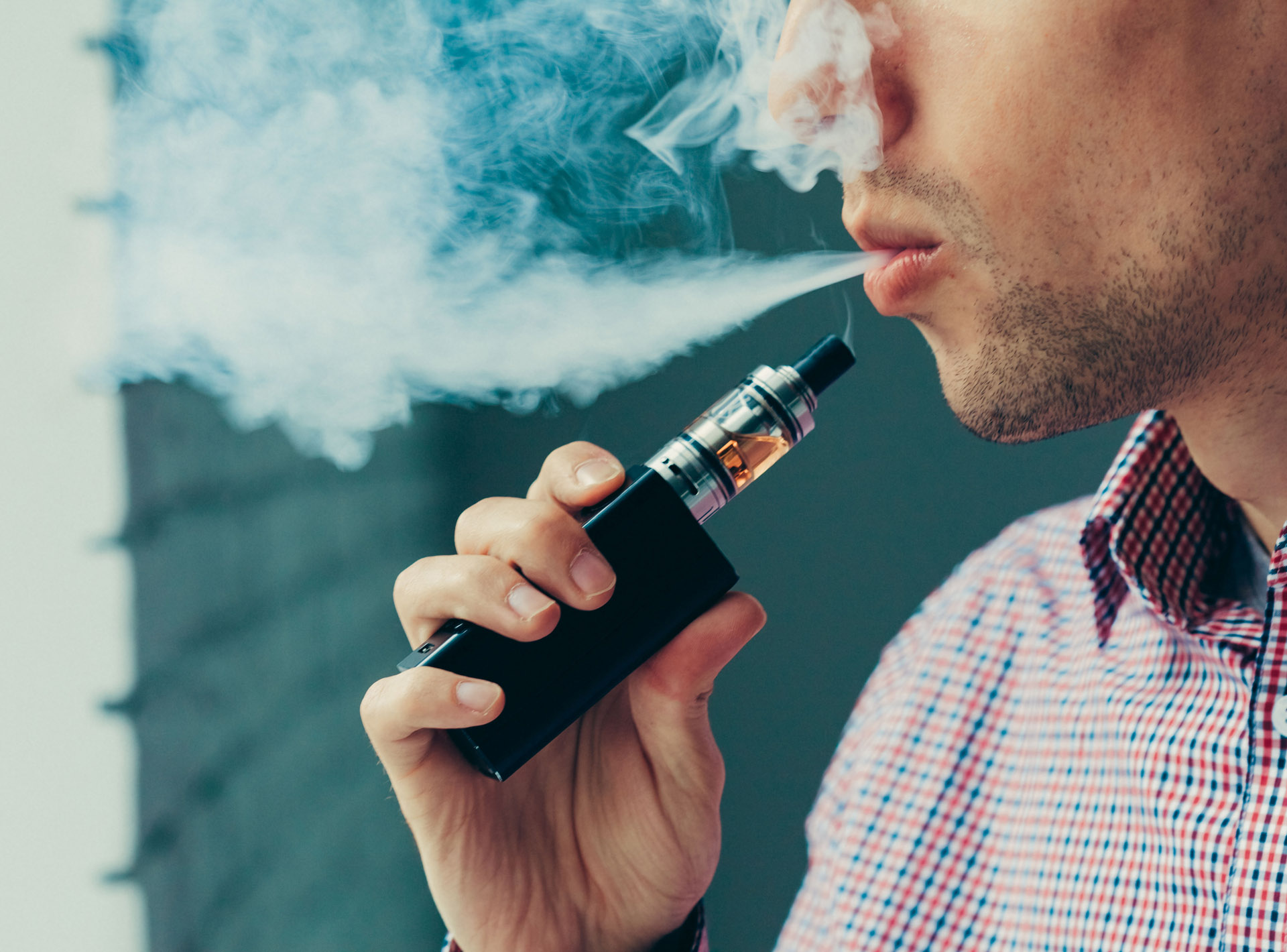 A new peer-reviewed update on vaping and nicotine prescribing, published July 1st in the Australian Journal of General Practice, has confirmed that vaping is more effective than nicotine replacement therapy at helping smokers quit.
A new peer-reviewed update on vaping and nicotine prescribing, published July 1st in the Australian Journal of General Practice, has confirmed that vaping is more effective than nicotine replacement therapy at helping smokers quit.
The article backs the RACGPs current stance on vaping, highlighting that meta-analysis of randomised control trials (RCTs) by the Cochrane group and a review commissioned by the RACGP both concluded that vaping nicotine was 53 – 69% more effective than nicotine replacement therapy.
Similarly, meta-analysis of 171 RCTs by the UK National Institute for Health Research concluded that electronic cigarettes were more effective for smoking cessation than other medications, such as Champix, and population studies have shown that smoking rates in the US and UK declined after vaping became widely available.
The authors, Dr Colin Mendelsohn and Dr Carolyn Beaumont, said that their research supported the decision by the RACGP to recognise a role for nicotine vaping as a second-line treatment for smokers unable to quit using other methods.
“Global scientific evidence has confirmed that e-cigarettes are an effective quitting aid for adult smokers and should be considered for smokers who cannot quit with other methods,” Dr Mendelsohn said.
“In absolute terms, out of 100 smokers trying to quit, six will succeed with NRT at six months, compared with nine or 10 using a vaping device.
“Vaping nicotine is another evidence based quitting method for the GP’s toolbox.”
Dr Mendelsohn believes that GPs have an important role in assessing the suitability of a smoker for vaping, discussing the risks and benefits with patients, and providing a nicotine prescription where appropriate.
He explained that patients should also be instructed on correct and safe use, side effects, nicotine safety and when to stop vaping, “however, long-term use is preferred if there is a risk of relapse to smoking.”
The article points out that even though the long-term risk of vaping has not yet been established, the UK Royal College of Physicians has estimated that it is unlikely to be more than 5% of the risk of smoking – although this figure is contested.
Based on these findings, the authors are calling for greater awareness of the potential impact of current, knee-jerk reactions to the illegal importation and sale of vaping devices to young people.
“By following the lead of the UK and the NZ, and regulating vaping as adult consumer products, Australia can substantially reduce smoking rates whilst eradicating the black market, and help adult smokers live longer and healthier lives,” Dr Mendelsohn said.
“It is important that we get that balance right.
“This article comes as the government is set to crack down on nicotine vaping in response to the growing black-market sale of unregulated products to young people: further harsh restrictions on vaping would make it less accessible to adult Australian smokers and be detrimental to public health.”
The RACGP 2021 guidelines state that, “For people who have tried to achieve smoking cessation with first-line therapy (combination of behavioural support and TGA-approved pharmacotherapy) but failed and are still motivated to quit smoking, NVPs [nicotine vaping products] may be a reasonable intervention to recommend along with behavioural support.
“However, this needs to be preceded by an evidence-informed shared decision-making process, whereby the patient is aware of the following caveats…”
Those interested in finding out more about specific prescription guidelines for vaping can access the update here.

